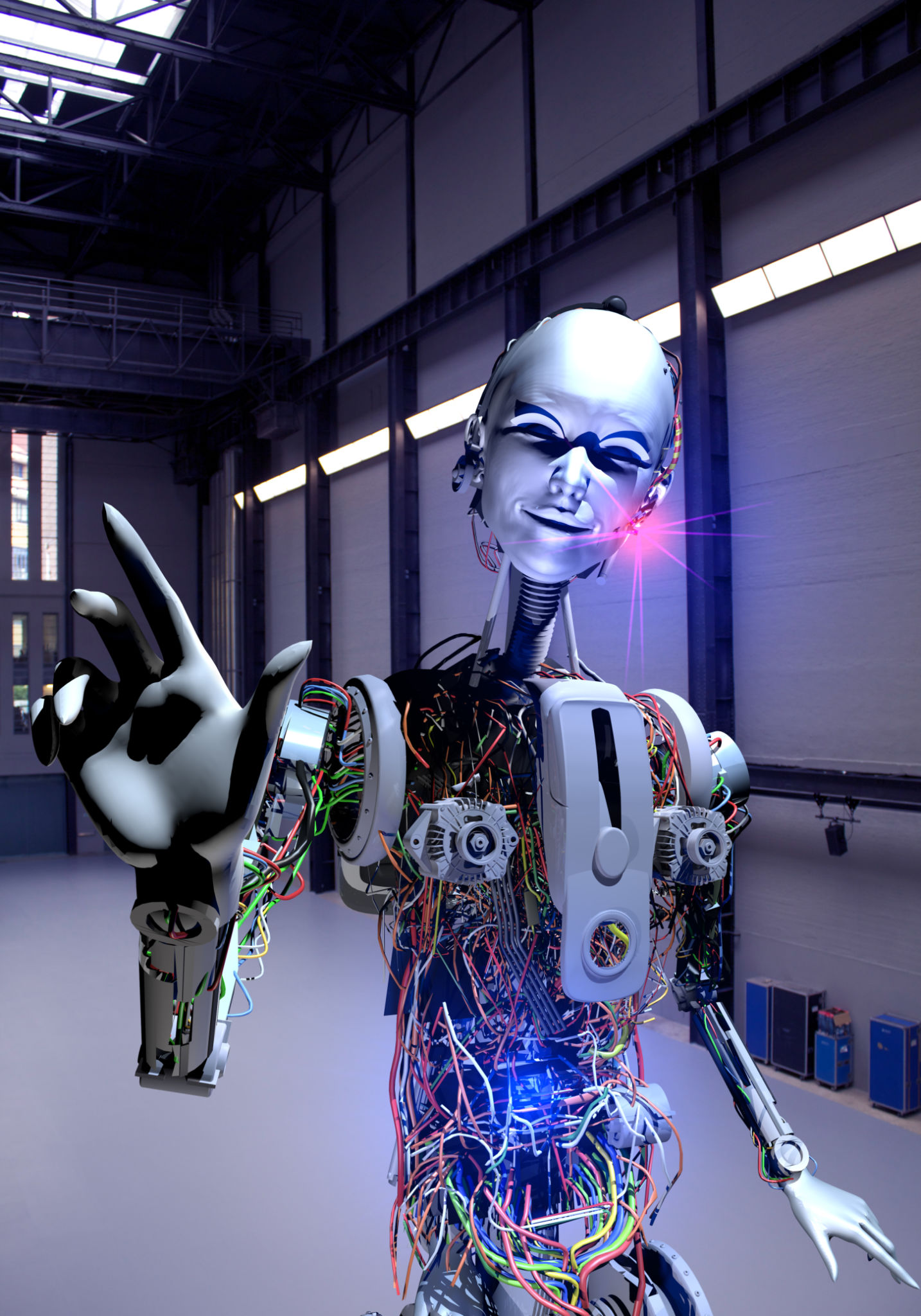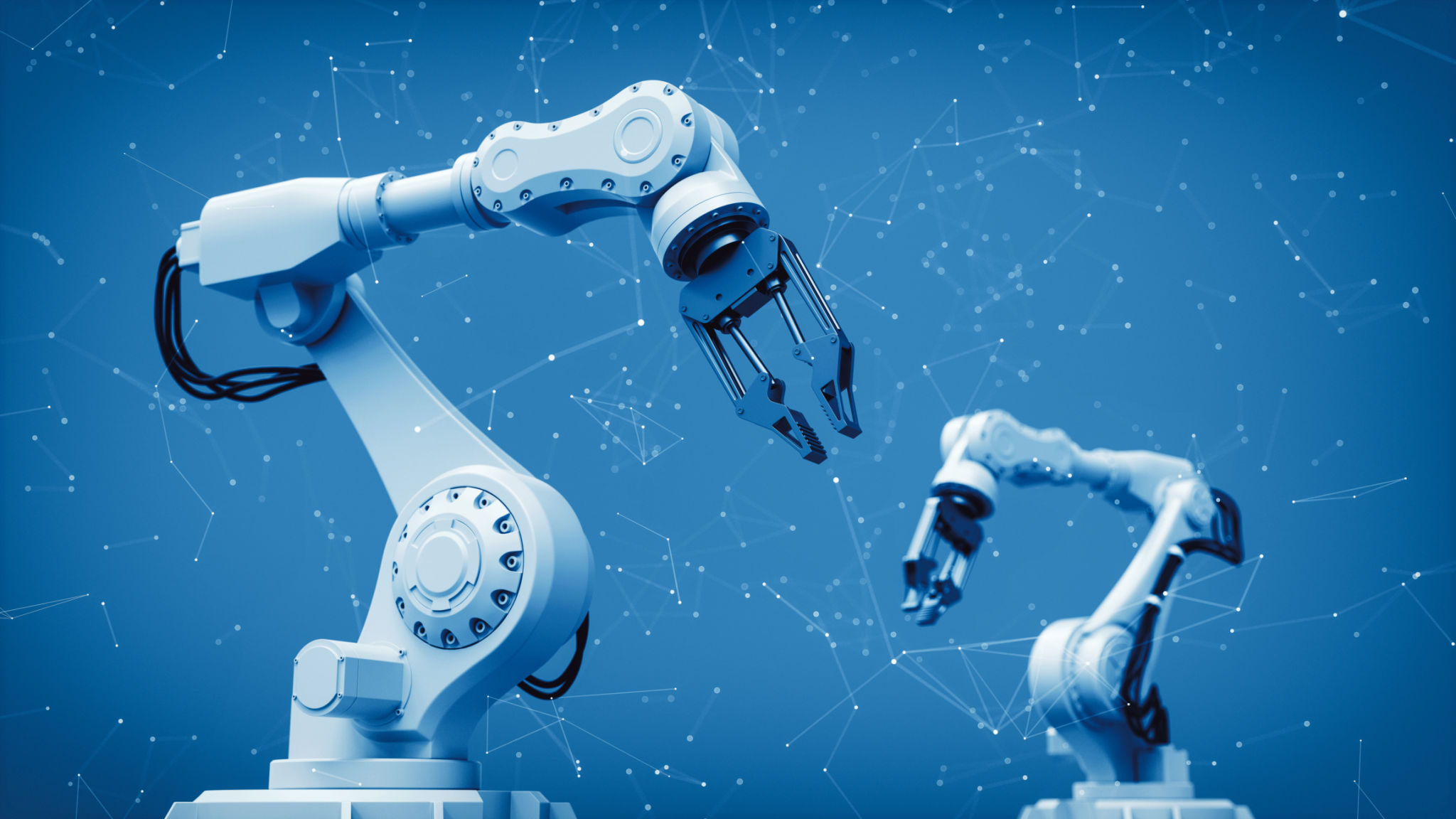Top Trends in Robotics Automation: What to Expect
The Rise of Collaborative Robots
The advent of collaborative robots, or cobots, is revolutionizing the way industries operate. Unlike traditional industrial robots that require separation from workers for safety reasons, cobots are designed to work alongside humans, enhancing productivity while ensuring safety. These robots are equipped with advanced sensors and machine learning capabilities, allowing them to adapt to dynamic environments and learn from human operators.
Industries such as manufacturing, logistics, and healthcare are increasingly adopting cobots. Their flexibility and ease of integration make them an attractive option for businesses looking to automate repetitive tasks without significant changes to existing workflows. As technology progresses, we can expect cobots to become more autonomous, taking on more complex tasks and further enhancing productivity.

Enhanced AI and Machine Learning Capabilities
Artificial Intelligence (AI) and Machine Learning (ML) are at the core of advancements in robotics automation. These technologies enable robots to process vast amounts of data, recognize patterns, and make decisions based on real-time information. With AI and ML, robots can learn from their experiences, improving their performance and reducing errors over time.
In sectors like agriculture, AI-powered robots are being used for precision farming—monitoring crops, optimizing resource use, and predicting yields. In the retail sector, robots equipped with AI can manage inventory, assist customers, and even perform checkout tasks. The integration of AI and ML will continue to expand the capabilities of robots across various industries.

Increased Adoption in Small and Medium Enterprises
Historically, the high cost of robotics automation limited its adoption to large corporations. However, recent advancements have made these technologies more accessible to small and medium enterprises (SMEs). With affordable pricing and flexible leasing options, SMEs can now invest in robotic solutions to enhance their operations without significant capital expenditure.
The impact of this trend is particularly noticeable in sectors like food processing and textiles, where SMEs are using automation to improve efficiency and product quality. As more SMEs embrace robotics, we can expect a surge in innovation and competitiveness in these industries.

Development of Autonomous Mobile Robots
Autonomous Mobile Robots (AMRs) are transforming logistics and warehousing operations. Unlike traditional automated guided vehicles (AGVs) that follow fixed paths, AMRs use sophisticated navigation systems to move freely within a space. They can dynamically respond to changes in their environment, making them ideal for complex logistics settings.
These robots are being used for tasks such as transporting goods within warehouses, restocking shelves, and even performing inventory checks. As AMR technology continues to evolve, we anticipate their capabilities will expand, enabling them to perform an even wider range of tasks in various industries.
Focus on Sustainability
As environmental concerns grow, there is increasing emphasis on sustainable practices across industries. Robotics automation is playing a crucial role in this shift by optimizing resource use and reducing waste. For instance, robots in the manufacturing sector are minimizing material waste through precise machining and assembly processes.
Moreover, robotics is aiding in the development of sustainable energy solutions. Robots are being used in the deployment and maintenance of renewable energy systems like wind turbines and solar panels. The focus on sustainability will drive further innovation in robotics automation technologies.

Integration with Internet of Things (IoT)
The integration of Internet of Things (IoT) technology with robotics is creating smarter, more connected systems. IoT devices can collect data from various sources, allowing robots to make more informed decisions. This connectivity enhances the efficiency and effectiveness of automated systems across multiple sectors.
For example, in smart factories, IoT-enabled robots can communicate with other machines to optimize production processes and predict maintenance needs. This integration ensures minimal downtime and maximizes output. As IoT technology continues to advance, we can expect even greater synergy between IoT devices and robotic systems.
Future Outlook
The future of robotics automation is incredibly promising, with ongoing advancements poised to transform industries worldwide. As technologies like AI, IoT, and machine learning continue to evolve, robots will become even more capable and versatile. Businesses that embrace these innovations will likely gain a competitive edge in their respective markets.
While challenges remain—such as ensuring cybersecurity and addressing ethical concerns—the potential benefits of robotics automation are vast. By staying informed about these trends, businesses can strategically plan for the future and harness the power of robotics to drive growth and success.

